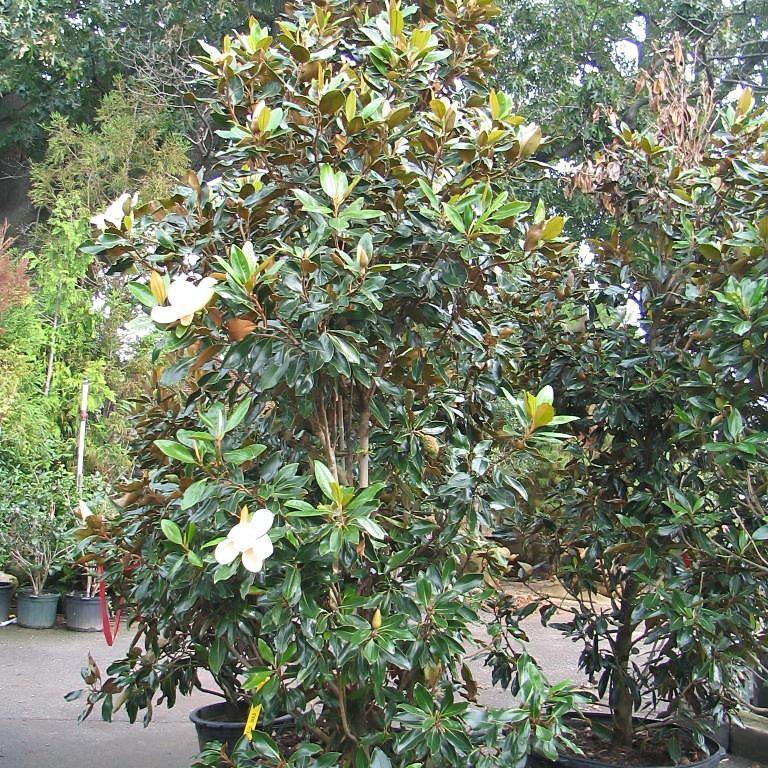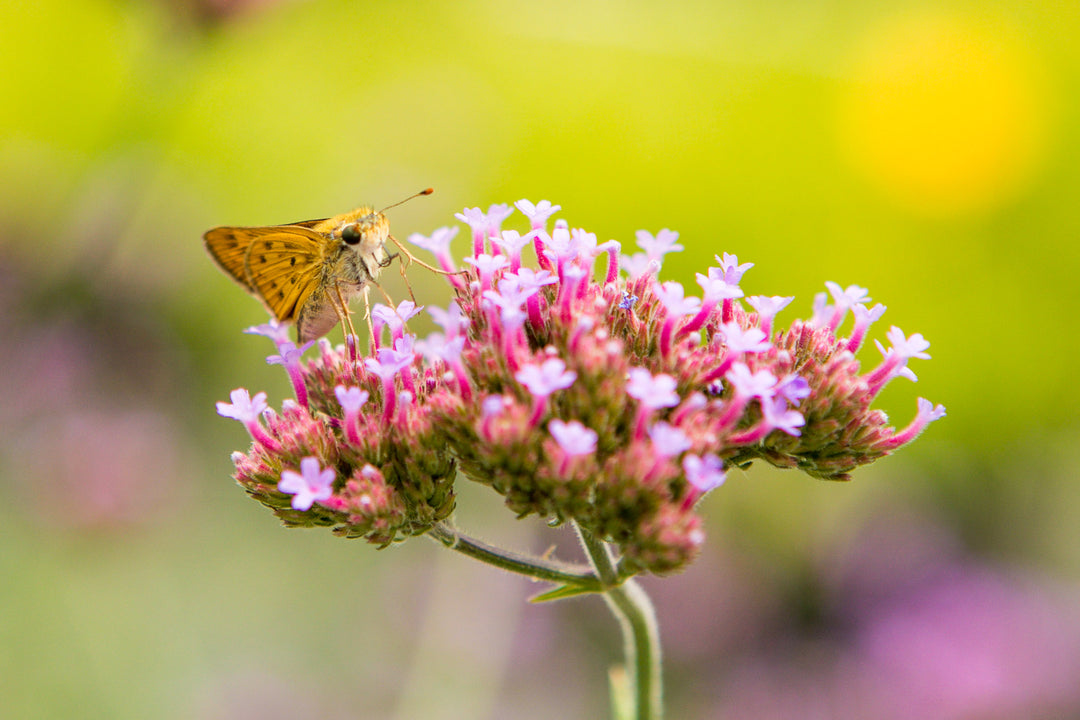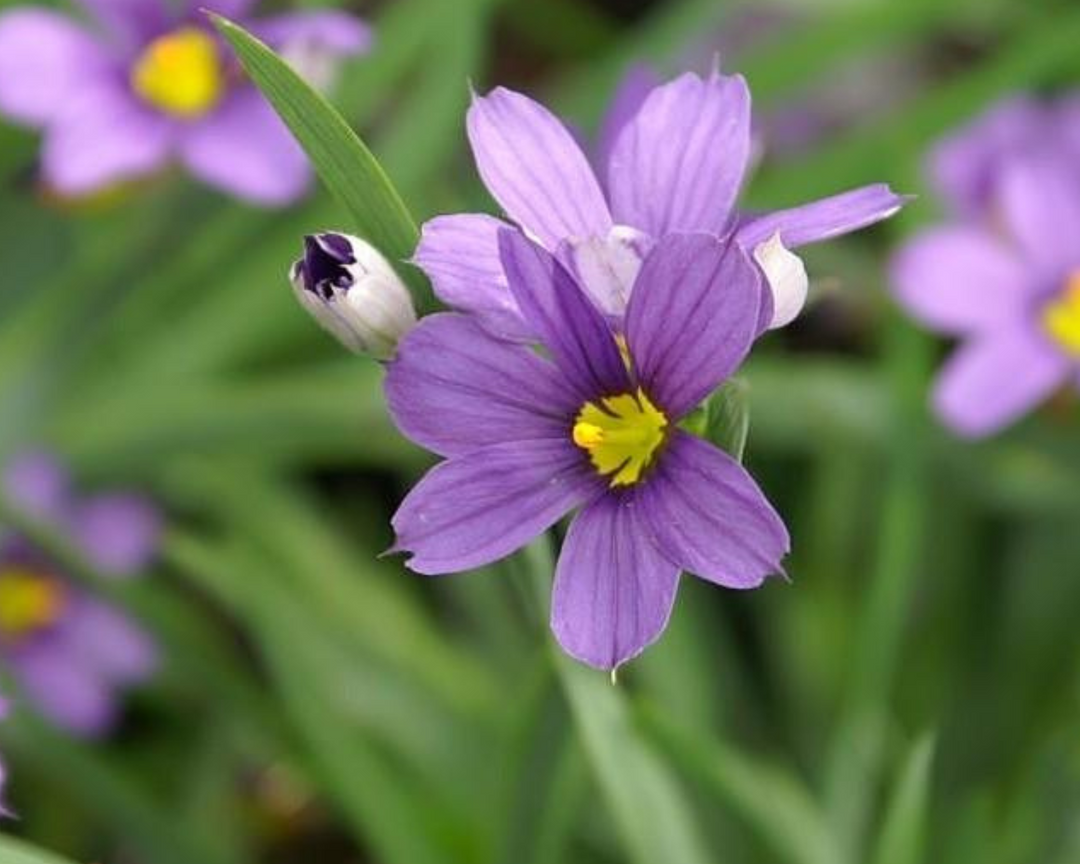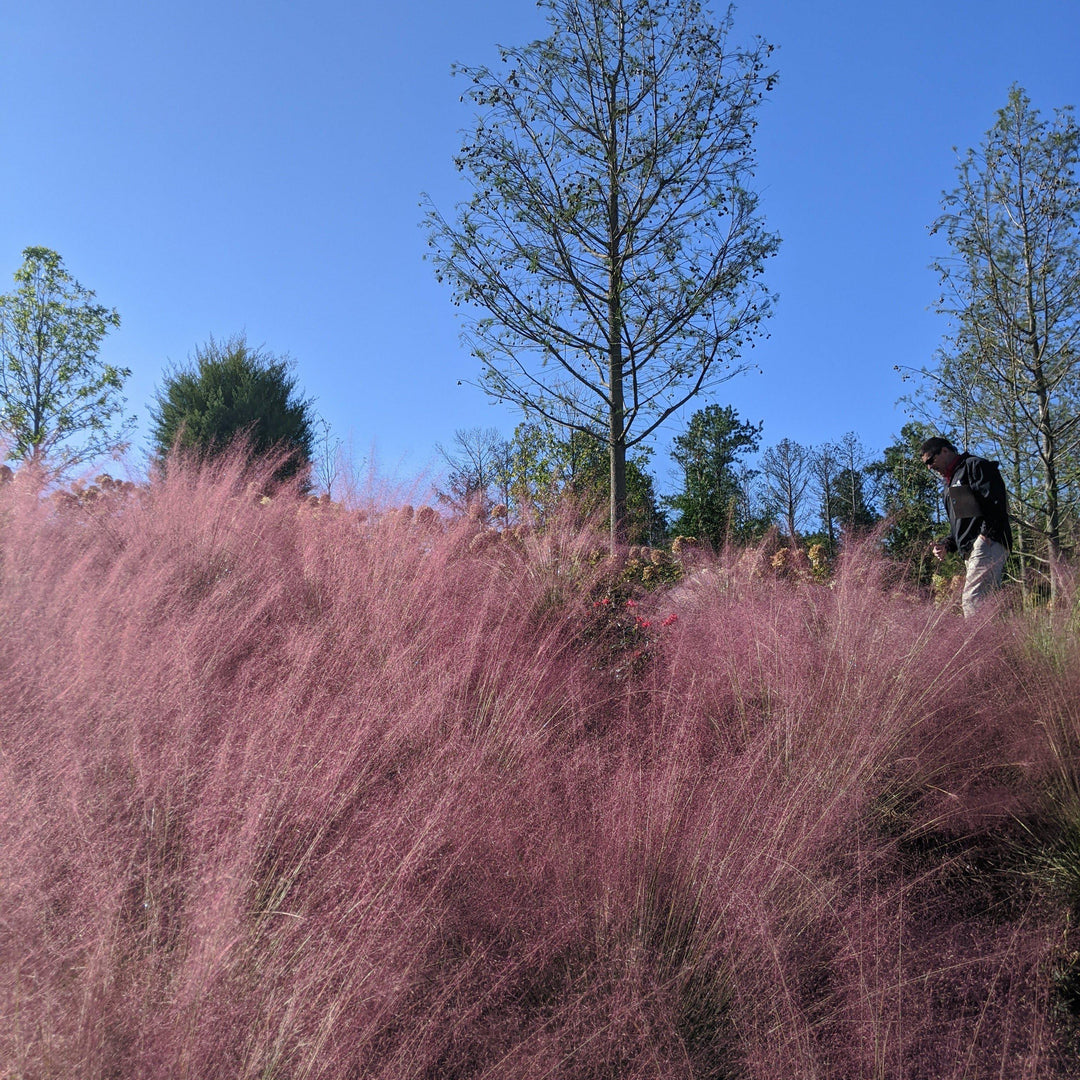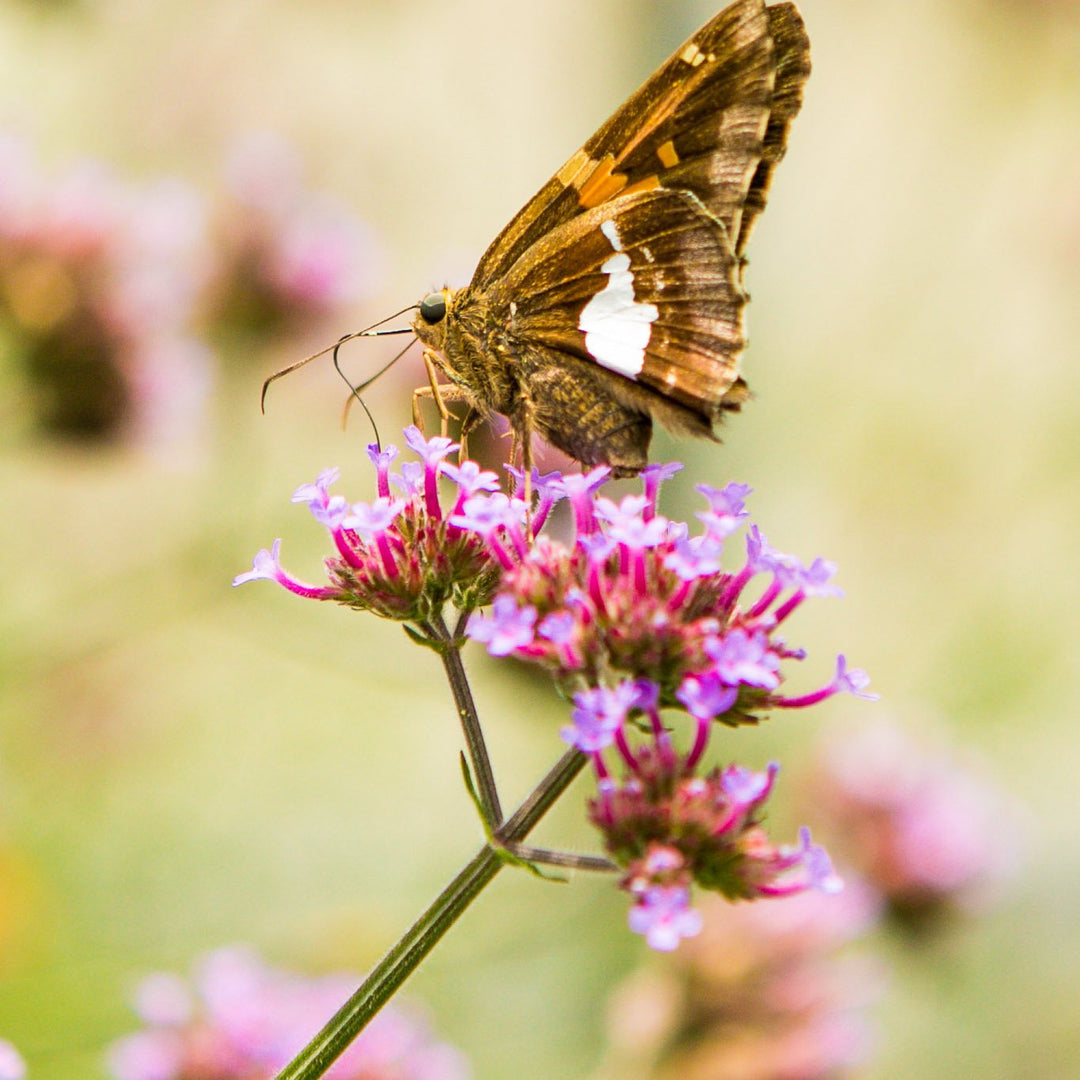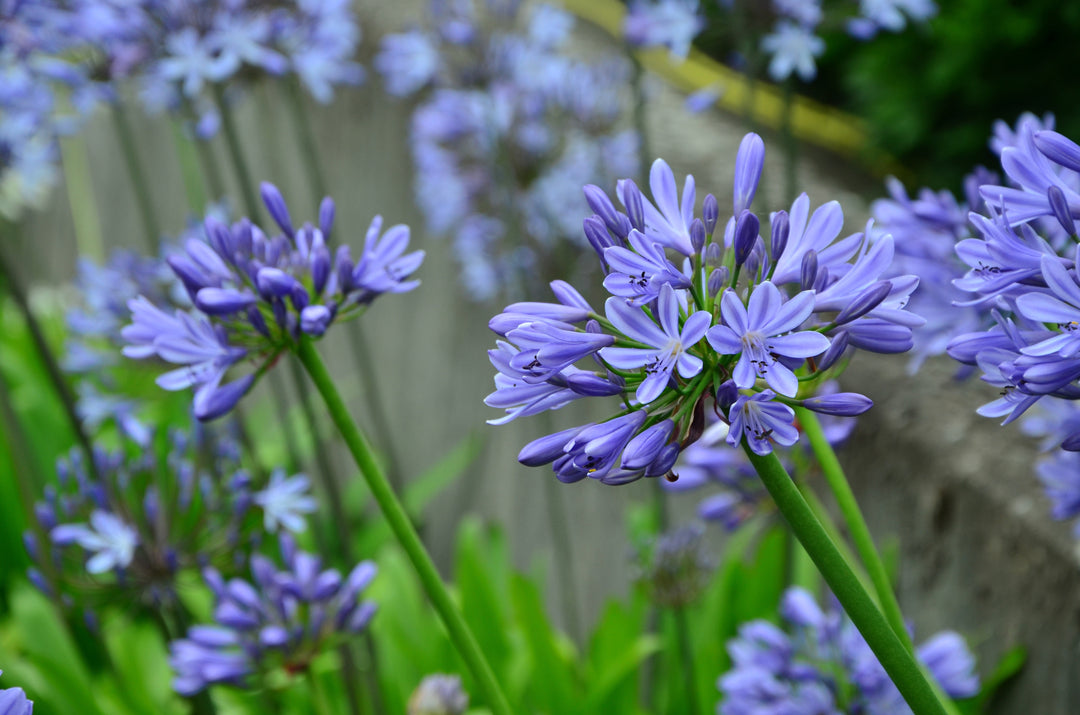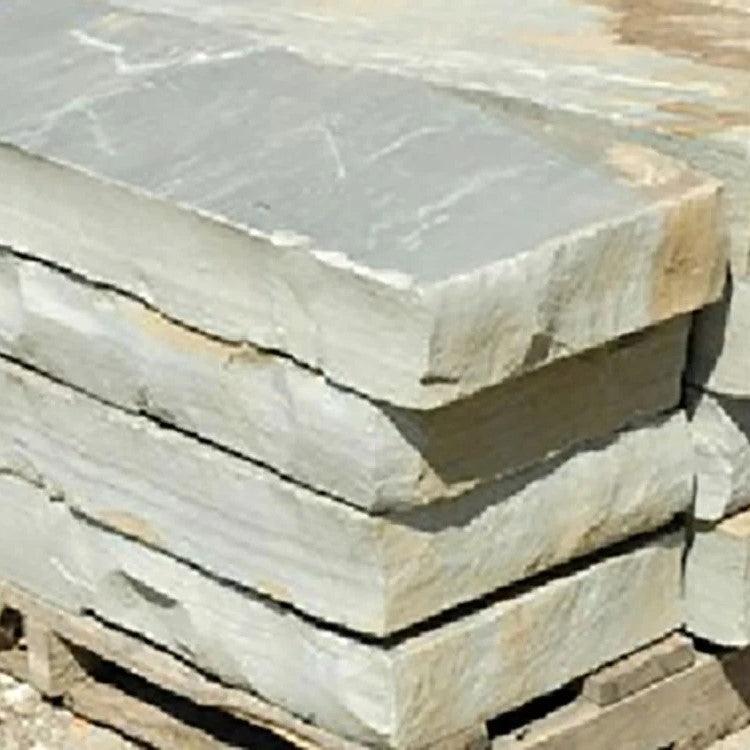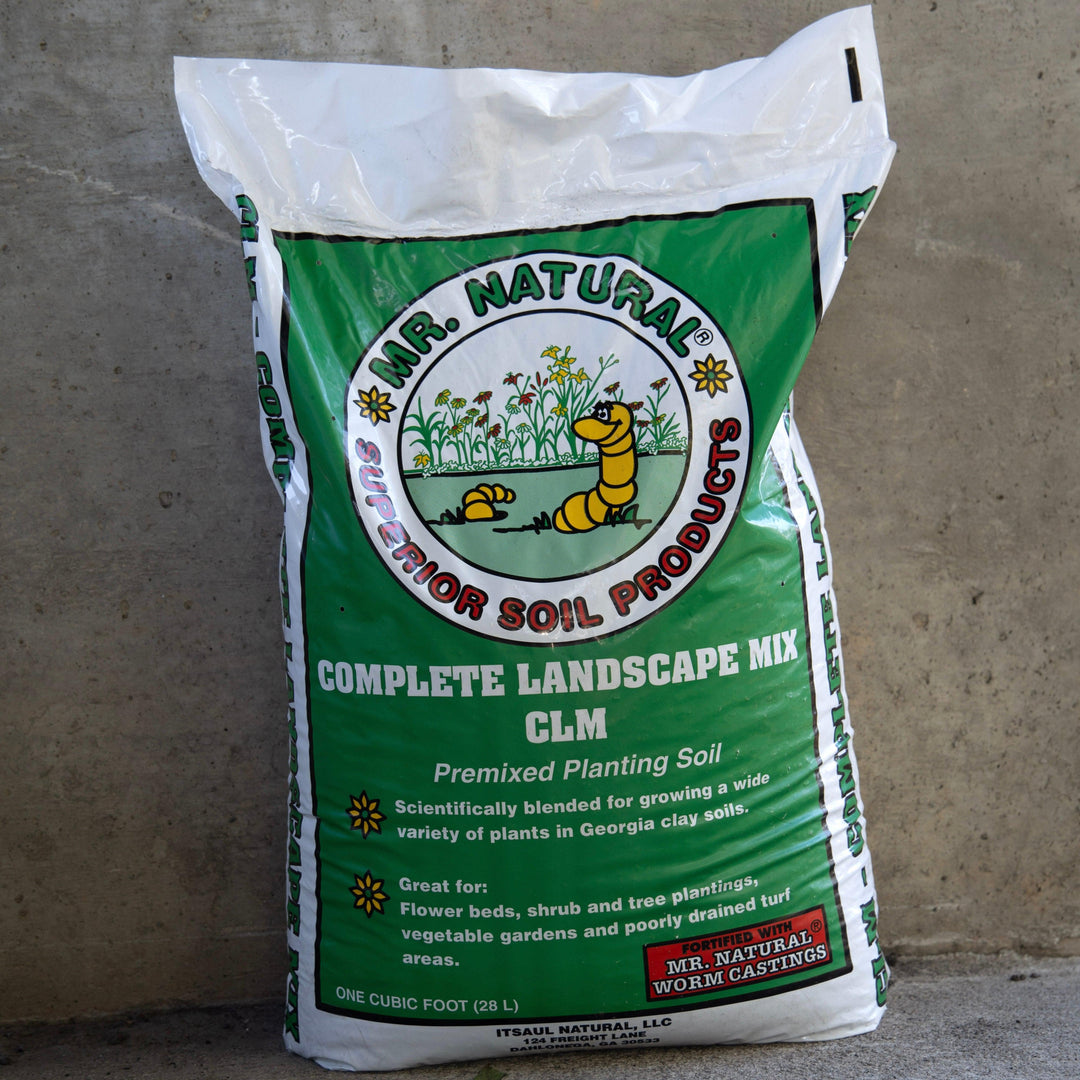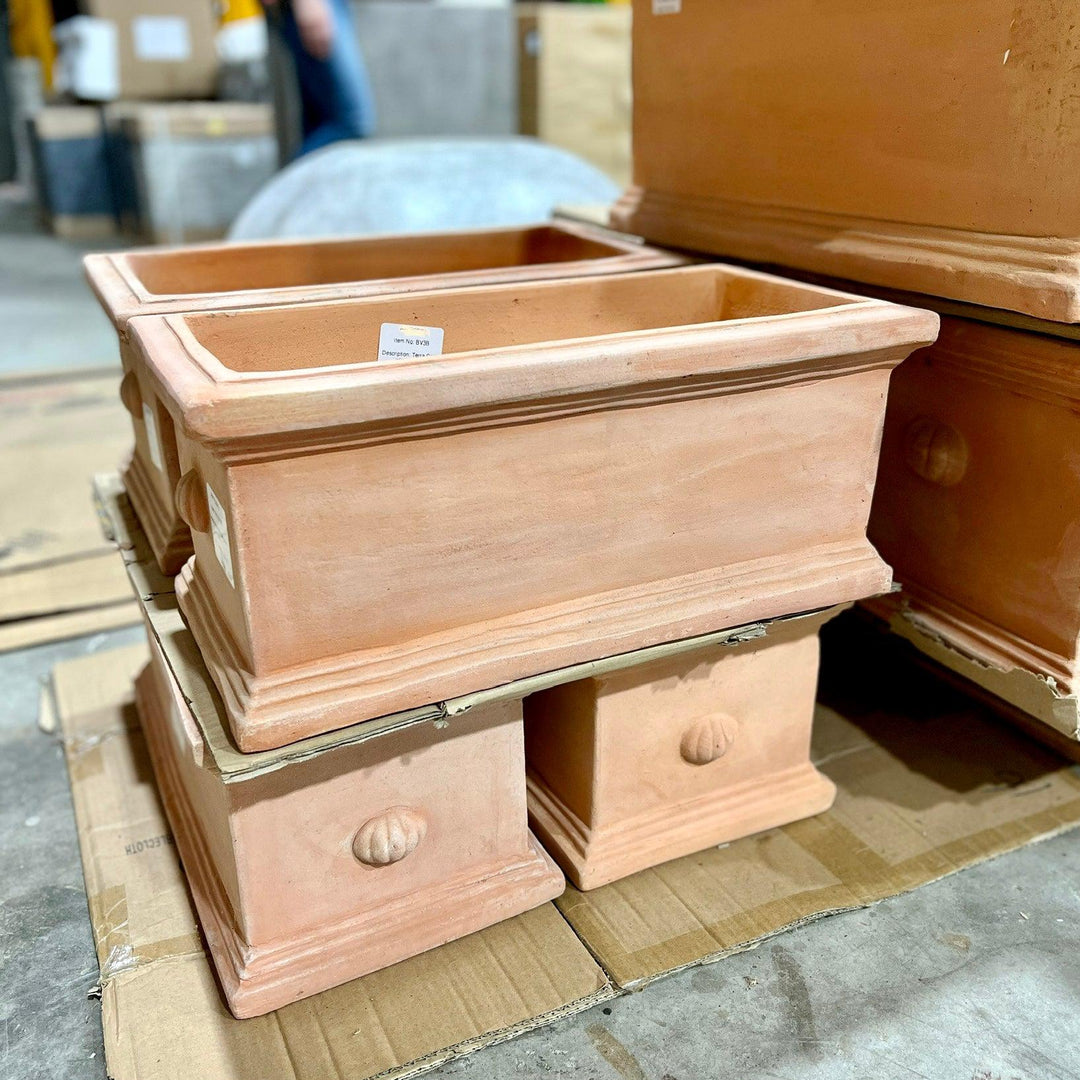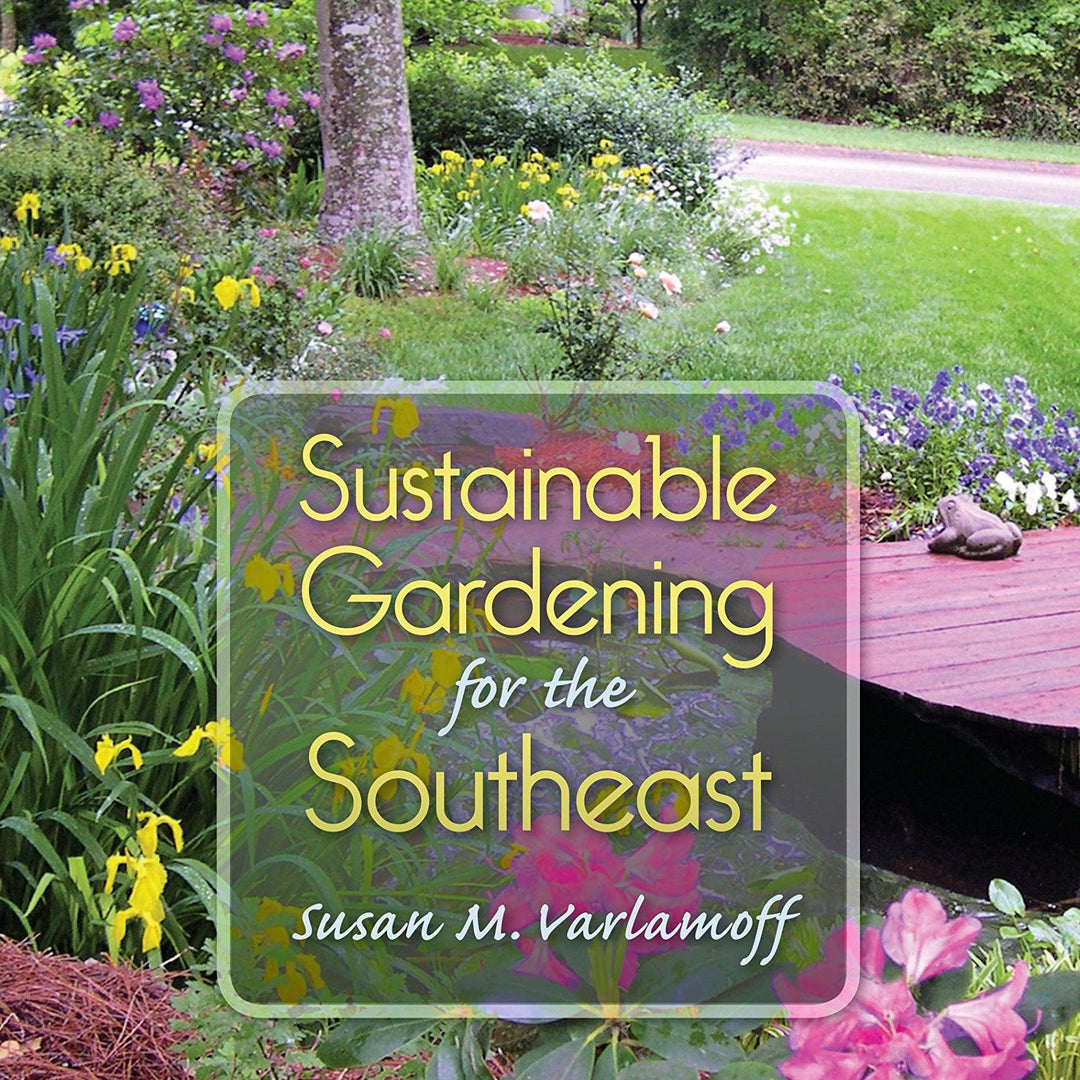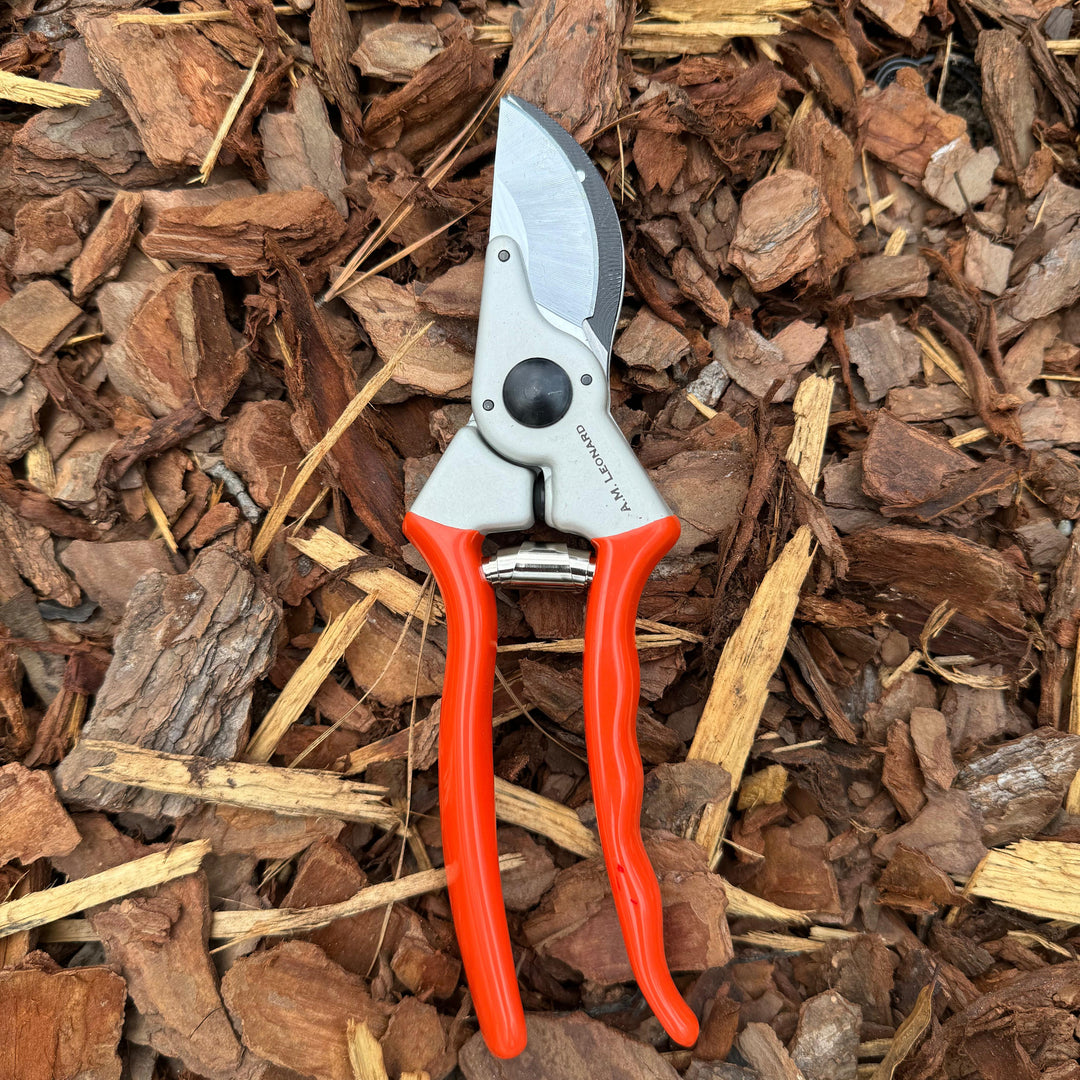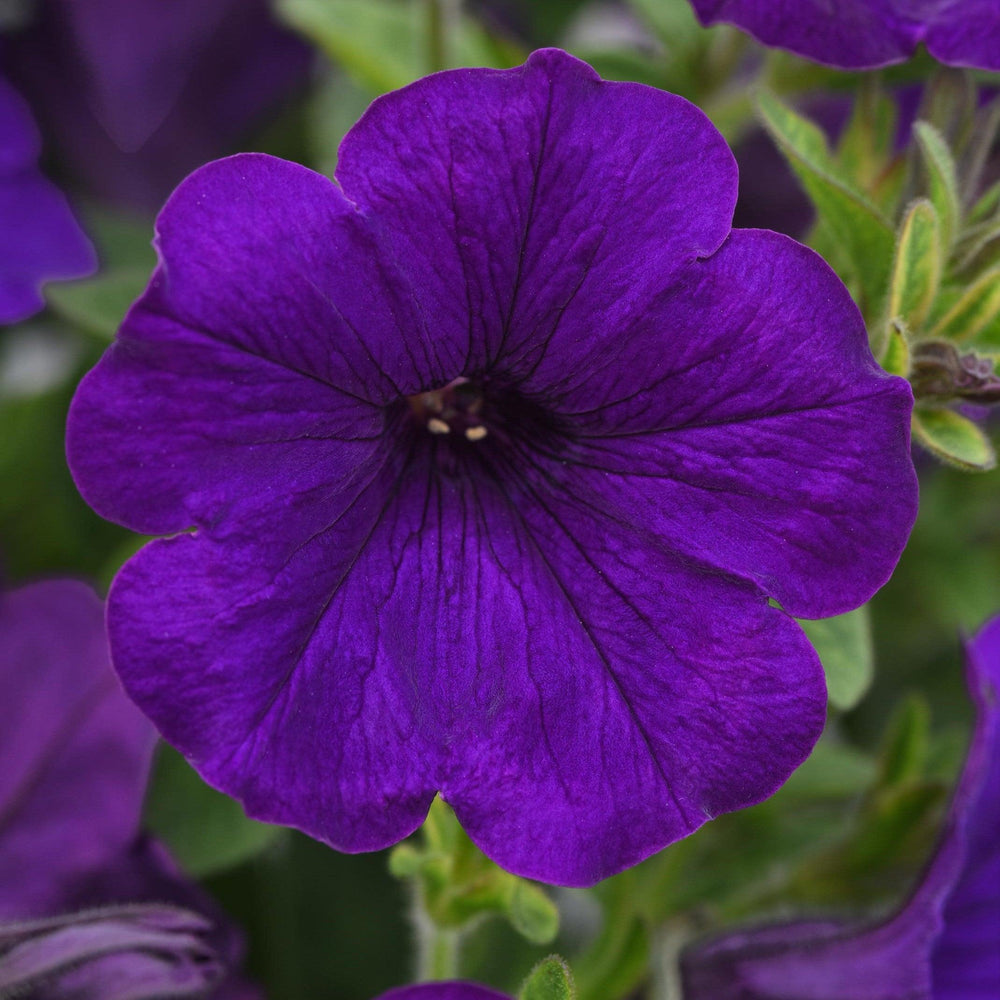Grow Your Garden with Viburnum Awabuki ‘Chindo’ Sweet Viburnum
Are you looking for an attractive and versatile plant to add to your garden? Look no further than Monrovia’s Chindo Sweet Viburnum.
This evergreen shrub can bring a touch of sweet fragrance and vibrant color to any Georgia landscape design. In this article, we'll dive into everything you need to know about this beautiful plant to help you bring it to your garden.
Getting to Know Chindo Sweet Viburnum

IMAGE: Servescape, ‘Chindo’ Sweet Viburnum
Origins and Characteristics
Chindo Sweet Viburnum, also known as Viburnum odoratissimum, is a fast-growing, evergreen shrub native to Asia. This adaptable plant can quickly grow up to 12 feet tall and 8 feet wide, and can also be trimmed to a more manageable size. It has glossy, dark green leaves and produces fragrant, white flowers followed by red berries.
Monrovia’s Chindo Sweet Viburnum is a popular choice among Atlanta area gardeners due to its versatility and adaptability. It can thrive in a variety of soil types and climates, making it an ideal plant for many regions. It is also relatively drought-tolerant, making it a low-maintenance option for those looking to conserve water in their gardens.
Why Choose Chindo Sweet Viburnum for Your Garden
If you're looking for an all-around wonderful plant for your Georgia garden, Chindo Sweet Viburnum is an excellent choice. It is a low-maintenance plant that is easy to care for, making it an ideal plant for beginner gardeners. As an evergreen plant, it adds year-round beauty to your garden. It also attracts birds and butterflies, making your garden come alive with added wildlife.
In addition to its aesthetic and environmental benefits, Chindo Sweet Viburnum also has practical uses in the garden. It can be used as a natural screen to block out unwanted views or to create a sense of privacy in your outdoor space. It is also a great option for noise reduction, as its dense foliage can help absorb sound.
Popular Uses in Landscape Design
Monrovia’s Chindo Sweet Viburnum is a versatile plant that works well in many landscaping designs. It can be used as a privacy screen or as a hedge to create a natural fence. It can also be used as a focal point or as a backdrop for other plants. This plant is stunning when planted in groups, creating a sea of green with pops of white flowers and red berries.
One popular use of Chindo Sweet Viburnum is as a foundation plant. Its dense foliage and attractive appearance make it an excellent choice for planting around the base of your home or other structures. It can also be used to create a natural border around your garden or to define pathways and walkways.
Another creative use of Chindo Sweet Viburnum is to plant it in containers. Its adaptability and low-maintenance nature make it perfect for adding greenery to patios, balconies, and other outdoor spaces. Its fragrant flowers and berries also add a delightful scent to your outdoor living area.
Planting and Caring for Your Chindo Sweet Viburnum
Selecting the Ideal Location
When selecting the perfect spot for your Chindo Sweet Viburnum, there are a few things to keep in mind. While this plant can tolerate some shade, it will grow best with full to partial sun exposure. This makes it ideal for planting in areas with plenty of natural light, such as open fields or gardens.
It's also important to choose a location with well-drained soil, as this plant doesn't do well in areas with standing water. If you're unsure about the drainage in your chosen location, you can test it by digging a small hole and filling it with water. If the water drains away within an hour or two, the soil is well-drained enough for your Chindo Sweet Viburnum.
Finally, keep in mind that this plant can grow quite large, so make sure to give it enough space to thrive. Planting it too close to other plants or structures can stunt its growth and prevent it from reaching its full potential.
Soil Requirements and Preparation
Chindo Sweet Viburnum can grow in a variety of soils, but it prefers slightly acidic, well-drained soil. If your soil is too alkaline, you can add sulfur or iron sulfate to lower the pH. Conversely, if your soil is too acidic, you can add lime to raise the pH.
Before planting, it's important to prepare the soil with organic matter like compost or peat moss. This will help provide the plant with essential nutrients and improve soil structure. Simply mix the organic matter into the top few inches of soil before planting.
Planting Tips and Techniques
When planting your Chindo Sweet Viburnum, it's important to dig a hole that is twice as wide and as deep as the root ball. This will give the plant plenty of room to spread out and establish itself.
Before planting, gently loosen the roots to encourage them to grow outwards. Then, place the plant into the hole, ensuring that it is planted at the same depth as it was in its container. Finally, backfill the hole with soil and water the plant immediately to help it settle into its new home.
Watering and Fertilizing Your Chindo Sweet Viburnum
Chindo Sweet Viburnum requires regular watering, especially during hot and dry weather. Make sure to water at the base of the plant to avoid getting the leaves wet, as this can lead to fungal diseases.
As for fertilizer, this plant can benefit from a slow-release, balanced fertilizer applied in spring and fall. This will help provide it with the nutrients it needs to grow strong and healthy. However, be careful not to over-fertilize, as this can lead to excessive growth and weak stems.
With proper care and attention, your Chindo Sweet Viburnum can thrive for years to come, providing you with beautiful foliage and fragrant blooms throughout the growing season.
Pruning and Maintaining Your Chindo Sweet Viburnum

To keep your Chindo Sweet Viburnum healthy and looking its best, it is important to know how to prune and maintain it properly.
When and How to Prune
Pruning is an important part of maintaining the shape and size of your Chindo Sweet Viburnum. Prune it in late winter or early spring before it starts growing again. This will allow you to remove any dead or damaged branches and shape the plant to your desired size and shape.
You can also prune lightly throughout the growing season to control its shape or remove any damaged or diseased branches. Use sharp, clean pruning shears to avoid damaging the plant.
Encouraging Healthy Growth
To encourage healthy growth, remove any dead or diseased branches as soon as you notice them. This will prevent the spread of disease and help the plant to focus its energy on new growth.
You can also apply a layer of mulch around the base of the plant to help retain moisture and control weeds. This will provide the plant with the nutrients it needs to grow strong and healthy.
Pest and Disease Management
Chindo Sweet Viburnum is relatively pest and disease-resistant, making it an easy plant to care for. However, it is still important to keep an eye out for common pests such as spider mites, scale insects, and aphids.
If you notice any signs of infestation, such as yellowing leaves or distorted growth, it is important to act quickly. You can use a horticultural oil or insecticidal soap to treat the plant and prevent further damage.
By following these simple tips, you can ensure that your Chindo Sweet Viburnum remains healthy and beautiful for years to come.
Companion Plants for Your Chindo Sweet Viburnum
Creating a Balanced Garden Design
Monrovia’s Chindo Sweet Viburnum looks beautiful on its own, but it can also pair well with other plants to create a visually stunning garden design.
When selecting companion plants, consider the size and color of each plant to create balance and harmony in your garden.
Recommended Companion Plants
Suitable companion plants for Chindo Sweet Viburnum include other evergreen plants like Boxwood or Japanese Holly to create a classic, structured garden design.
For more vibrant gardens, consider planting it with colorful perennials like Salvia or Lantana, or with shrubs like Knockout Roses or Dwarf Azalea.
Tips for Planting Companions
When planting companion plants, make sure to give each plant enough space to thrive. Consider the light and water requirements of each plant to avoid overcrowding or undernourishment.
Keep in mind that companion plants can add varying textures and colors, making your garden design unique.
Closing Thoughts
Monrovia’s Chindo Sweet Viburnum is a beautiful and versatile plant that can bring year-round beauty to any Georgia garden design.
With easy planting tips and low-maintenance care requirements, this plant is an ideal choice for both beginner and experienced gardeners alike. Whether planted on its own or paired with other plants, Chindo Sweet Viburnum is sure to impress and add vibrancy to your garden.
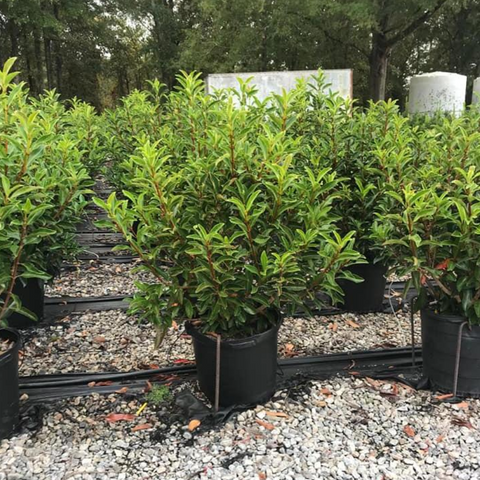
Click here if you’d like to purchase this plant.
If you need any advice or tricks/tips in creating the garden of your dreams, we are here to make those dreams come true! Connect with us here, or chat with us via the chat button on the bottom of any page on our website.
To create a landscape that gives you joy every time you walk out your door or look out your window, it’s important to have a design plan in place. Learn more about our elite Designer Marketplace platform, which allows you to select easily from a list of expert landscape designers, landscape architects, and more.
Click here to view more plants from the beautiful Monrovia® collection.

